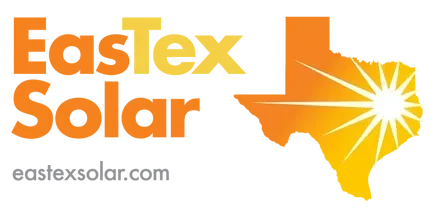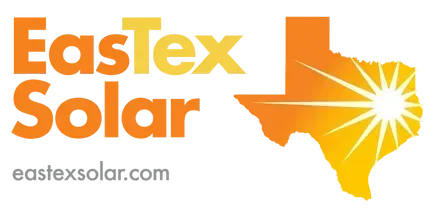-
How does the 30% tax credit work?
The solar tax credit is a tax credit that is used to reduce your tax liability. So at tax time when you owe money to the IRS, you would use your solar tax credit to cancel out your IRS bill by the value of your tax credit. The tax credit is NOT a deduction, it’s a credit.
Example: You owe the IRS $10,000 in taxes, but you have a $10,000 tax credit from solar. So you would owe the IRS $0! If you owe $0 to the IRS but have paid $10,000 in taxes that year, you will receive the $10,000 in your tax return. The tax credit is a DIRECT dollar-for-dollar REFUND against tax liability.”
-
How much can I save by switching to solar?
How much you save has a direct correlation with your current electrical cost. Example: a 10kw system, developing 15,000kwh a year, at current market rate of $0.18/kwh, will save $67,500 in a 25 year period. A 10kw system can cost between $14,000 to $18000 after tax credit. With simple math, you can calculate a fair priced solar system paying for itself in5-8 years, while generating power for a lifetime
-
How is the solar energy stored?
Solar energy is stored in DC (Direct current) in Lithium-Ion Phosphate battery banks. With the correct inverter, your solar system can charge and discharge battery banks based on your own demand and settings. This can range from using batteries at night to avoid buying from grid, using batteries to power the home while the grid is down, or discharging batteries to grid to sell at peak utility price points. Battery’s give you even further control over your solar energy
-
What equipment does EasTex Solar use?
Eastex Solar has grown steadily the past 8 years due word of mouth and customer recommendations. We owe no small part of that to our choices in equipment and materials. Eastex Solar takes a strong stance on its inverter, battery and panel choices, only working with products we KNOW are durable and reliable for the LOGN RUN. This reliability has resulted in great ongoing relationships with customers, as our systems experience minimal faults and failures, living up to energy production standards. This mean peace of mind for both you and us! You can reference our equipment partners on our front page
-
Can solar panels handle Texas weather?
Solar panels are surprisingly tough. And as a Texan company, we can promise you, we wouldn’t be installing them if they couldn’t stand against hail! Depending on the manufacture, solar panels have a hail resistance rating under warranty up to certain hail size. When installed correctly with IronRidge racking, solar systems can also withstand up to140mph wind loads. In the year 2024, Eastex Solar lost only 4 panels to hail, with over 10,000 of our solar panel installed across Texas
-
How does an inverter work?
Solar power inverters convert DC power to AC power. All of the appliances in your home use AC power and most all of the world is powered by AC power (unless you live on an island). Without inverters, your solar panels will only produce DC power, which your home cannot use. The inverter will act as your central hub for the system, it controls the flow of power as well as your point of access for system monitoring. Consider the inverter the brains of the system.
-
Is maintenance required?
There are no moving parts when it comes to solar, therefore no regular maintenance is needed. In most area, wind and rain keep panels clean, and never reach a point in which dust effects production. However, if you decide to clean your panels for aesthetic reasons, do so with cloth or mop, and a small amount of dish soap mixed with water. You can then rinse with water.
-
Should I reroof before installing solar panels?
Depending on the age and condition of your roof, replacing it before solar can certainly save costs and headaches of a detach/reset in the future. If you are worried about your current roof life, give us a call, we can give advice based on a roof inspection and site visit. Eastex Solar works closely with reputable roofers in the area if a replacement is recommended.
-
What happens if the power goes out? Will I still have power from my solar panels?
Solar systems are only capable of powering your home through an outage if they are installed with Hydride inverters and battery storage. While a standard grid tied system is the most affordable way to reduce electrical costs, seeing the quickest return on investment, they cannot support the home through an outage. To do so required installing a battery backup system at extra cost. Reach out to us through our contact for, or give us a call, to discuss which option is best for you.
For More Details
With so many trendy investment opportunities available in today’s day and age, it’s easy to be skeptical of new products that boast promises of "saving you tons of money."
Contact Us
We will get back to you as soon as possible.
Please try again later.

